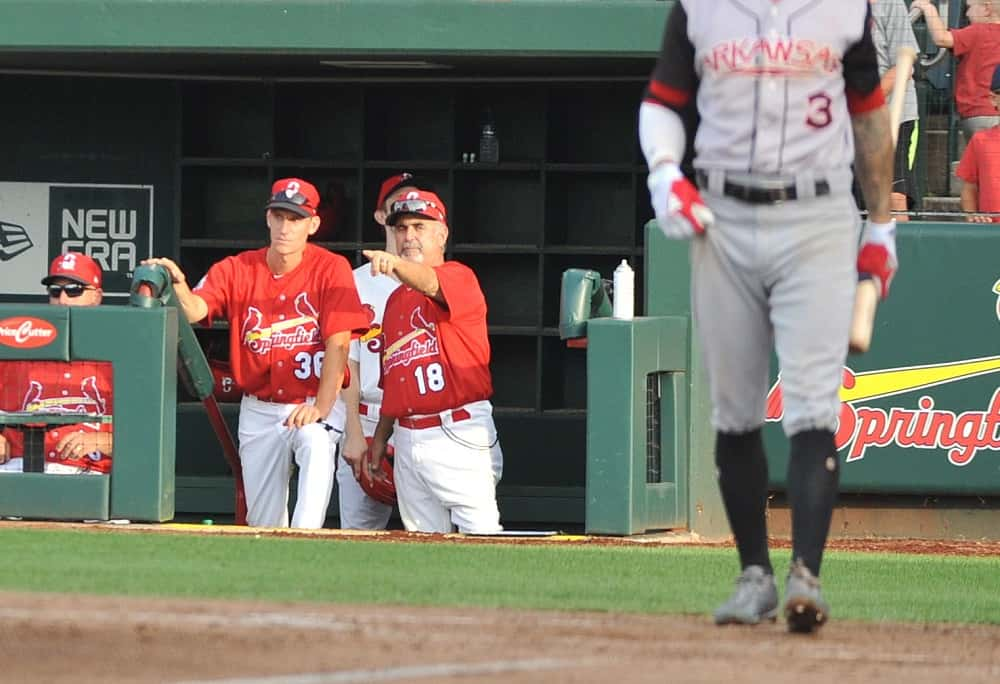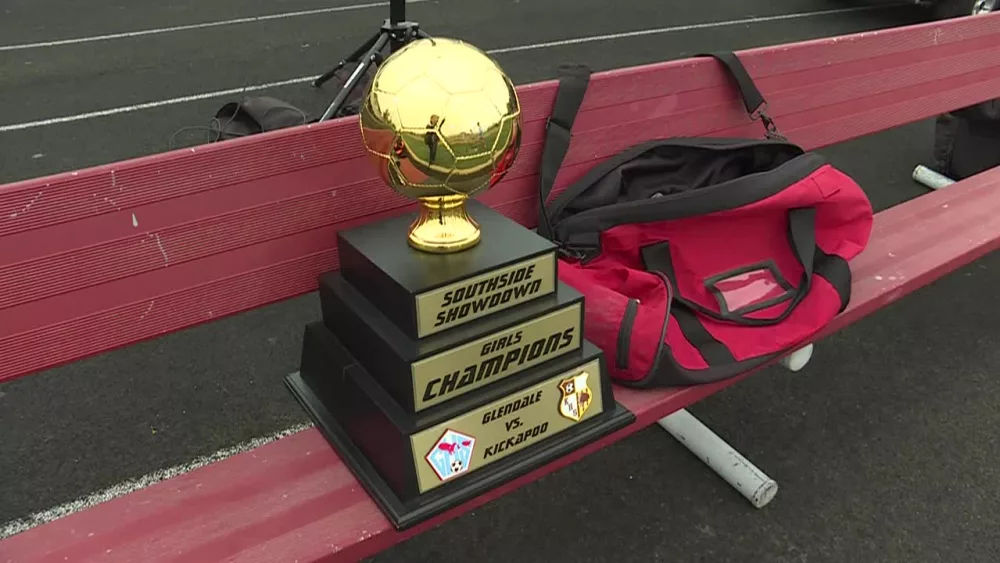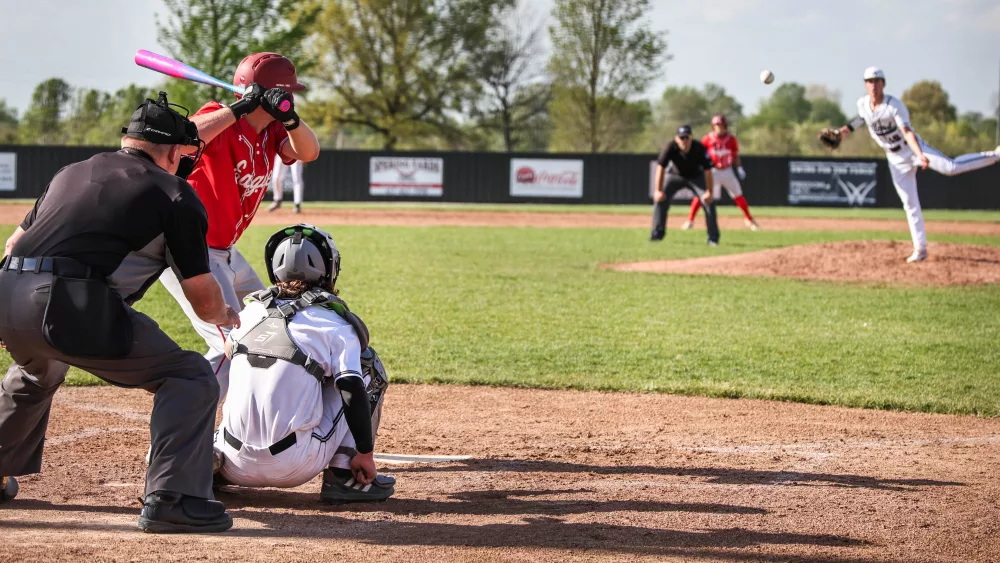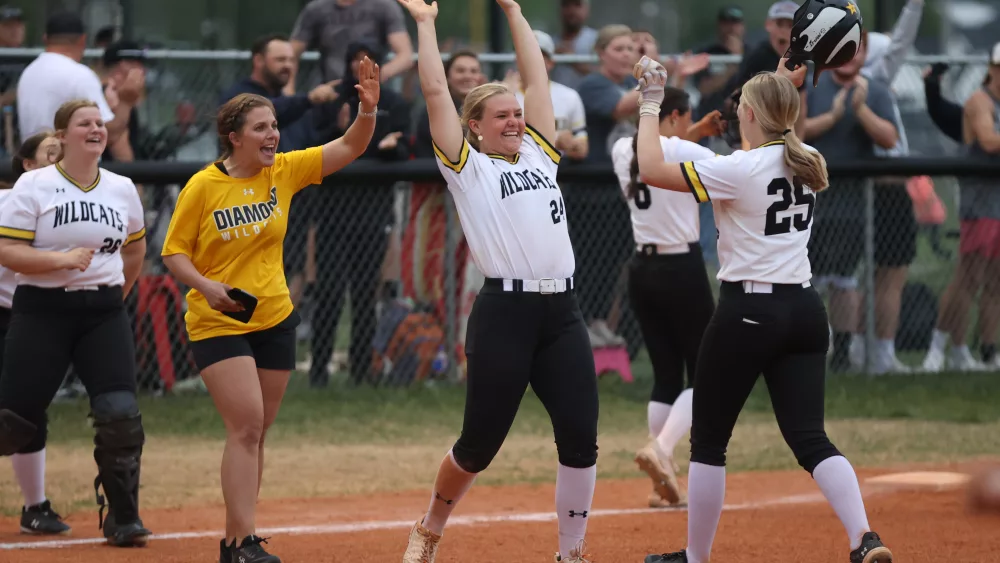By Kary Booher
Back when former big-leaguer Tom Runnells was managing Double-A Tulsa, he basically pleaded guilty to espionage, er, The Art of Stealing Signs. In fact, he challenged his own players to do it.
“(In 2004), I made an offer to my team,” a grinning Runnells told this reporter back a dozen years ago. “I said, ‘Anybody that picks up an opposing team’s signs, I’ll pad your pocket a little bit.”
Hey, why not, Runnells said in so many words. After all, winning that game could be the difference between a playoff champagne celebration or an early ticket home for the winter.
Even better, for the Old Guard in the St. Louis Cardinals farm system—namely Gaylen Pitts—stealing signs is part of the beauty of the game.
“I remember doing it in the big leagues,” said a chuckling Pitts, now in his 51st year in baseball, including time as a coach or manager in the Cardinals farm since 1981. “I coached with Jim Fregosi down in the minor leagues at Louisville (a Cardinals Triple-A affiliate) and then he was managing Philadelphia when I was on the bench with (Joe) Torre in St. Louis. Even though it had been several years, he hadn’t changed his signs.
“So I had them. I told Joe, ‘I think I’ve got Fregosi’s signs,’” Pitts said, laughing. “It didn’t take him long to change them. I kept thinking, ‘That’s the same thing he relayed to me.’”
These days, stealing signs—mainly, those relayed from the third-base coaches’ box—remains a part of the game, although if you ask minor leaguers, there’s a sense that either they A) truly don’t try it as often, or B) they’re playing possum, preferring only in-house, clubhouse admiration for their unofficial role of covert, CIA operative.
And that’s to say nothing of managers who proudly turn their signs—those given from the third-base coaches’ box—into something resembling a connect-the-dots, Etch-A-Sketch game drawn by a kindergartner.
A case in point is Johnny Rodriguez, the Springfield Cardinals manager. Every night, he’s relaying a ton of signs to each guy. It could be a hit-and-run. It could be a steal sign.
“He has three or four different things that can mean steal. If you forget one of them and that’s the one does—and you don’t steal—then he gets mad,” Springfield first baseman Casey Grayson said. “But at the start of the year, he has a three-week grace period.”
Said a smiling Rodriguez, “And then the honeymoon’s over. At this level, you should know what the signs are.”

Managers go to great lengths to keep the opposing dugout from stealing signs. Sometimes, the third-base coach acts only as the decoy, as the batter best keep an eye, too, on the first-base coach, who may give the indicator just by standing in a certain spot. Other times, the team trainer or someone you wouldn’t expect in the dugout is actually giving the sign.
Bunt, hit-and-run and steal signs are all common for one team. However, certain players are given their own signs—unbeknownst to their own teammates.
Then there’s the art of stealing the catcher’s signs, usually from a runner at second base who tries to give a batter a heads-up.
“In college, I feel like we tried to (steal signs) more,” Springfield catcher Jesse Jenner said before laughing, noting that pro players don’t appreciate sign stealing that way and it could lead to “a little buzz-tower action.”
“I feel like if guys are stealing signs, it’s more on a low-key level. That’s something I have to pay attention to when I’m catching, so guys can’t get a read when there’s a man at second base,” Jenner said.
And on the flip side?
“We had different ways in college,” Jenner said. “I can’t give you all my secrets. No one will ever know unless you make it obvious. It’s kind of some spy-code stuff.”
For minor league managers today—guys who played back in the 1970s and 1980s—there is nothing wrong with trying to steal signs. It’s not against the rules. It’s not written into any league’s posted rundown of no-nos. In fact, it’s a way for players to pay attention, to keep learning the game and not, um, get run down—easy to do in a five-month, 140-game season.
“It’s stuff that’s been going on for years,” said Brian Poldberg, the manager of Triple-A Omaha (Royals), who was a big-league coach for years. “It shows that players are looking at ways to help their team win. I like that.”
But …
“Its’ just how you do it. If you get caught, what’s the payback?” Poldberg said, referring more to a runner at second base relaying a catcher’s signs. “If it’s a hitter, he’s probably going to get drilled. When we played, that’s how we’d handle it. But it’s gamesmanship. You’re trying to guess and find a way to give your team every chance you can get.”







